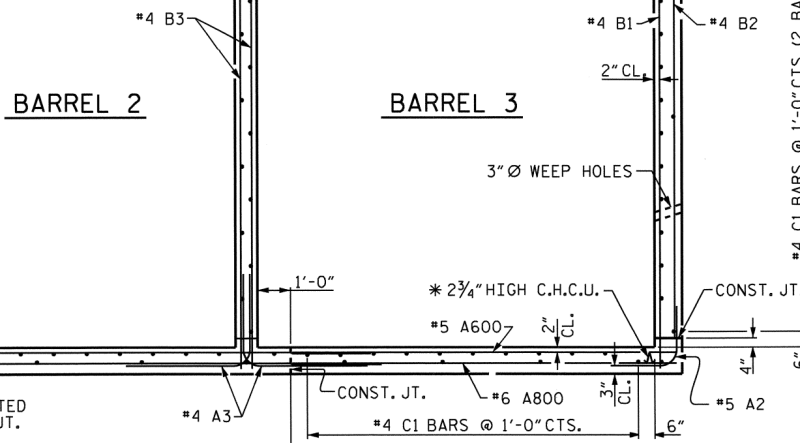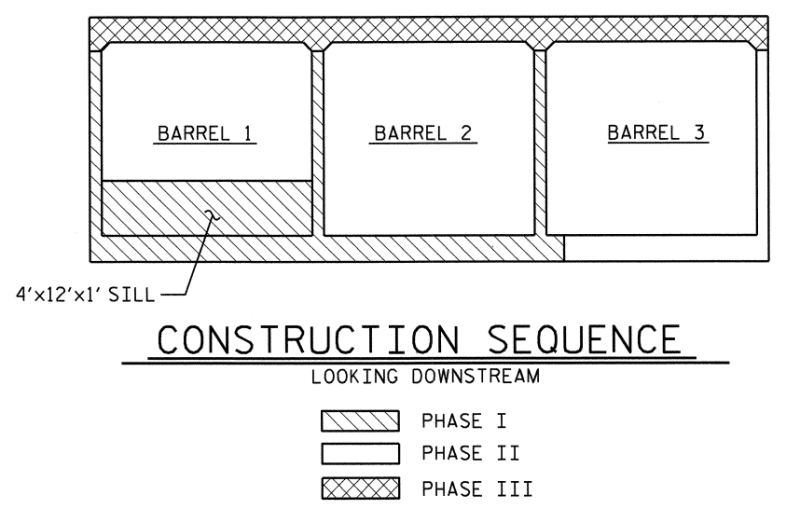engjg
Structural
- Jan 2, 2015
- 96
Working on a two cell 8ft wide x 7ft high CIP box culvert design. In addition to construction joints at top and bottom of walls, contractor wants construction joints adjacent to web in top & bot slab for phased construction to accommodate flow diversion. Anyone have recommendations on detailing/design of these joints including consideration towards shear transfer. Shear friction justification? Keyway? Haunch?


